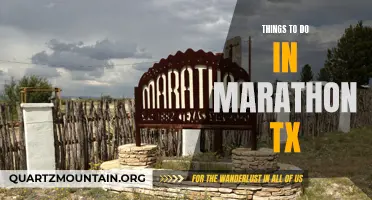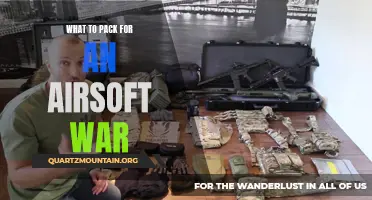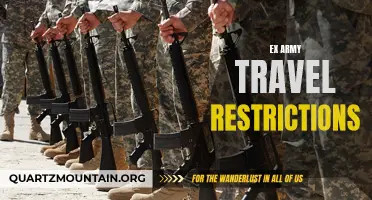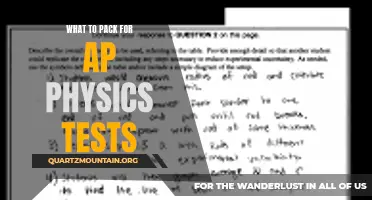
Winter storms and blizzards can be unpredictable and unforgiving, turning roads into treacherous icy paths and trapping motorists in their vehicles for hours on end. In these potentially life-threatening situations, being prepared can mean the difference between survival and disaster. One crucial aspect of preparedness is having the right essentials packed in your car, as these can provide you with warmth, sustenance, and crucial supplies during a blizzard. Whether you're a seasoned winter driver or a newbie to snowy conditions, we've compiled a comprehensive list of essential items you should never leave home without when venturing out into a blizzard.
| Characteristics | Values |
|---|---|
| Emergency Kit | Flashlight, batteries, blankets, first aid kit |
| Warm Clothing | Coats, hats, gloves, scarves |
| Food and Water | Non-perishable items, bottled water |
| Medication | Prescription medication, pain relievers |
| Communication | Cell phone, charger, radio |
| Tools | Shovel, ice scraper, jumper cables |
| Winter Gear | Snow shovel, ice melt, windshield washer fluid |
| Safety Items | Flares, roadside emergency kit |
| Entertainment | Books, games, portable DVD player |
| Pet Supplies | Food, water, leash, carrier |
What You'll Learn
- What essential items should I pack in my car for a blizzard?
- Are there specific types of clothing or gear that are recommended for a blizzard?
- Should I include any emergency supplies or tools in my car for a blizzard?
- How much food and water should I pack in case I get stranded in a blizzard?
- Are there any special considerations for packing medications or first aid supplies for a blizzard?

What essential items should I pack in my car for a blizzard?
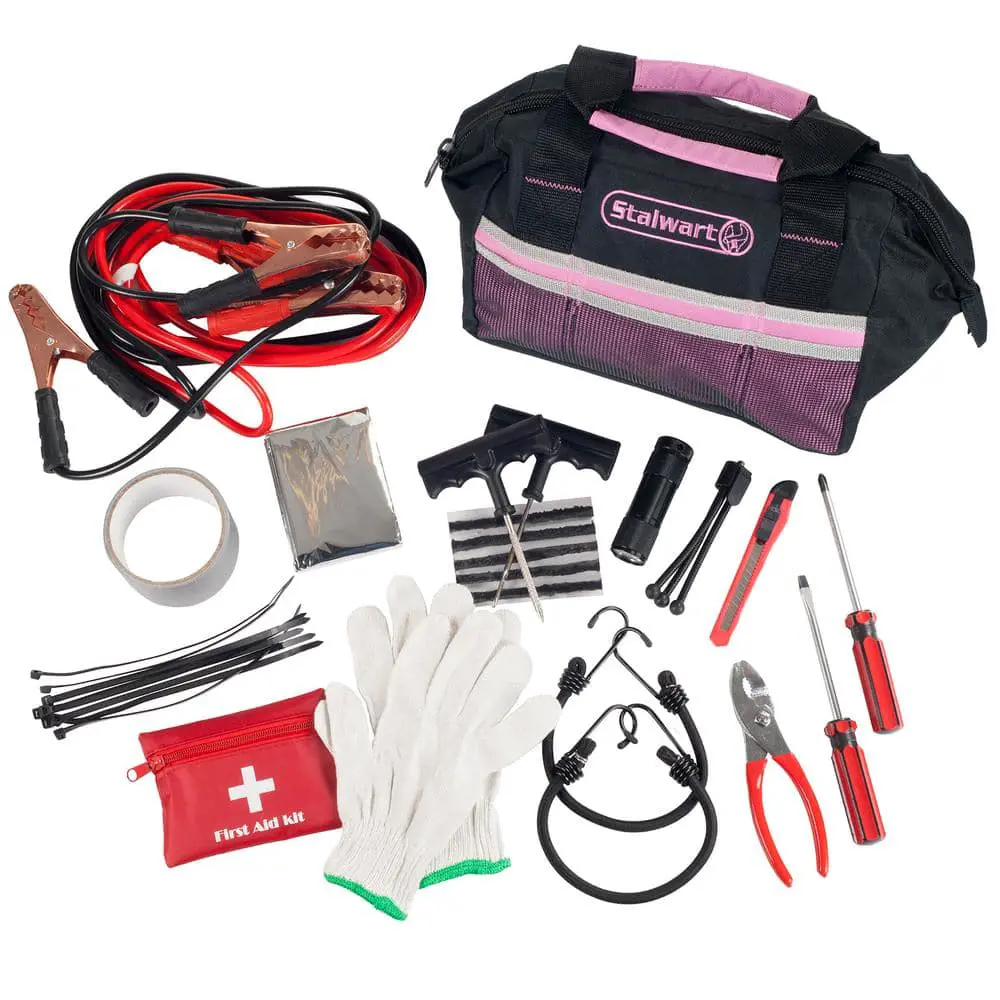
When preparing for a blizzard, it is important to make sure your car is equipped with the necessary items to keep you safe and comfortable in case of an emergency. Here are some essential items you should pack in your car:
- Blankets and Warm Clothing: In the event that you become stranded or have to wait for help, having extra blankets and warm clothing can be a lifesaver. It is always a good idea to have multiple layers of clothing, including hats, gloves, and scarves, to help retain body heat.
- Food and Water: Pack non-perishable, high-energy snacks such as granola bars, nuts, and dried fruit. It is also important to have an ample supply of water in case you become stuck for an extended period of time. Aim for at least one gallon per person per day.
- Emergency Kit: Put together a basic emergency kit that includes a flashlight, extra batteries, a first aid kit, a small tool kit, and a portable phone charger. It is also a good idea to have a whistle or other auditory signaling device to attract attention if needed.
- Shovel and Ice Scraper: A small folding shovel and an ice scraper are essential tools to have in case you need to dig yourself out of snow or clear your windshield. A compact shovel will take up minimal space in your car.
- Kitty Litter or Sand: Having kitty litter or sand on hand can provide traction under your tires if you get stuck in icy or snowy conditions. Sprinkle it under the tires to help them grip the road as you attempt to get out of a slippery situation.
- Jumper Cables: Cold weather can be tough on car batteries, and the last thing you want is to be stranded with a dead battery. Jumper cables can help you jump-start your car and get moving again.
- Flares or Reflective Triangle: Visibility can be poor during a blizzard, so it is important to have a way to signal for help if needed. Flares or reflective triangles can be placed on the road to alert other drivers and rescuers.
- Extra Cell Phone Charger: Keeping your cell phone charged is crucial in case you need to make emergency calls or seek assistance. Having an extra cell phone charger specifically for your car can ensure you always have a way to communicate.
- Maps and a Compass: During a blizzard, GPS and cell phone signals may be unreliable. Having physical maps and a compass can help you navigate and find alternative routes if needed.
- Extra Cash: In the event of a power outage or if electronic payment systems are down, having extra cash on hand can be useful for purchasing supplies or services.
Remember, it is always better to be over-prepared than under-prepared when it comes to a blizzard. By packing these essential items in your car, you can increase your chances of staying safe and comfortable in case of an emergency. Stay informed of weather conditions, follow any evacuation orders or warnings, and always prioritize your safety during a blizzard.
The Essential Clothing Packing Guide for a Vacation in Sebastian, Florida
You may want to see also

Are there specific types of clothing or gear that are recommended for a blizzard?

Cold weather can be uncomfortable and even dangerous, but with the right clothing and gear, you can stay warm and protected during a blizzard. Here, we will discuss the specific types of clothing and gear that experts recommend for surviving in blizzard conditions.
- Layer up: Layering is crucial to staying warm in extreme cold. Start with a base layer made of moisture-wicking fabric, such as polyester or wool, to keep sweat off your skin. Next, add an insulating layer, such as a down or synthetic-filled jacket, to trap heat and provide insulation. Finally, wear a waterproof and windproof outer layer to protect against the elements.
- Insulated footwear: To keep your feet warm and dry, invest in insulated boots that have a waterproof outer layer. Look for boots that are designed for cold weather and have a thick sole for extra insulation. Wool or thermal socks are also recommended to help keep your feet warm.
- Hat or head covering: Heat can escape from your head, so it's important to wear a hat or head covering to retain body heat. Choose a hat that fully covers your ears, such as a beanie or a hat with ear flaps. A balaclava or neck gaiter can provide even more protection for your face and neck.
- Gloves or mittens: Your hands are vulnerable to cold temperatures and frostbite, so it's important to wear gloves or mittens that provide insulation and protect against moisture. Look for gloves or mittens that are waterproof and windproof, and have a thick insulation layer.
- Scarf or neck gaiter: A scarf or neck gaiter can provide extra protection for your neck and face. Look for one made of a warm and moisture-wicking material, such as fleece or merino wool.
- Goggles or sunglasses: During a blizzard, strong winds can whip up snow and ice particles, which can be damaging to your eyes. To protect your eyes from these elements, wear goggles or sunglasses that provide UV protection and have a wrap-around design to shield from the wind.
- Backpack: In case you get stranded or need to evacuate, it's important to have a backpack with essential supplies. Pack extra layers of clothing, a first aid kit, emergency food and water, a flashlight, and a portable phone charger.
During a blizzard, it's important to dress appropriately and be prepared to face extreme cold and harsh weather conditions. By following these recommendations and layering up with the right clothing and gear, you can stay warm, dry, and safe during a blizzard.
Essential Items to Pack for a Relaxing Vacation at a Mexico Resort
You may want to see also

Should I include any emergency supplies or tools in my car for a blizzard?
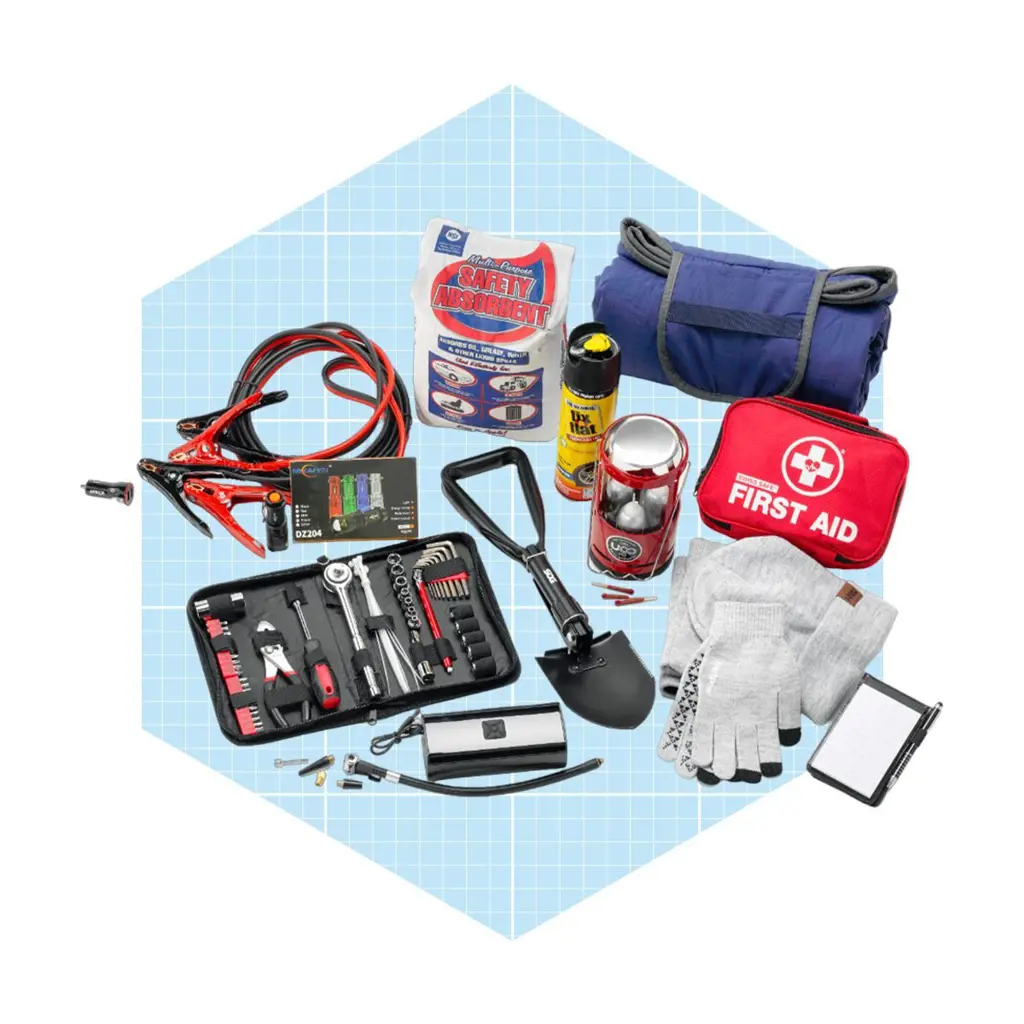
If you live in an area that experiences blizzards or regularly travels to such areas during the winter, it is highly advisable to include emergency supplies and tools in your car. While no one wants to be caught in a blizzard, it is important to be prepared in case of an emergency. Below is a list of essential items that you should consider keeping in your car during the winter months.
- Blankets and Extra Clothing: In case you get stranded in your car during a blizzard, it is important to have blankets and extra clothing to keep warm. The extra clothing should include warm hats, gloves, and socks as well.
- Shovel: A small shovel can be very handy in case your car gets stuck in the snow. You can use it to dig out your tires and create a path for your car.
- Ice Scraper and Snow Brush: Keeping your car windows clear of ice and snow is crucial for visibility while driving. Make sure to have an ice scraper and a snow brush in your car to remove any ice and snow from your windows and windshield.
- Jumper Cables: Cold temperatures can drain your car battery, and it is not uncommon for cars to have a hard time starting during a blizzard. Having jumper cables in your car can allow you to jump-start your vehicle if needed.
- Kitty Litter or Sand: If your car gets stuck in the snow or on ice, scattering some kitty litter or sand under your tires can provide traction and make it easier for your car to get moving.
- Flashlight and Extra Batteries: In case you need to inspect your car or find your way in the dark, a flashlight is essential. Make sure to keep extra batteries as well.
- Non-perishable Food and Water: If you are stranded in your car for an extended period, having non-perishable food such as granola bars and bottles of water can help sustain you until help arrives.
- First Aid Kit: In case of any injuries or accidents, having a basic first aid kit in your car can be life-saving.
- Flares or Reflective Triangles: If you become stranded on the side of the road during a blizzard, it is essential to make your vehicle visible to other drivers. Flares or reflective triangles can be placed around your car to alert incoming traffic of your presence.
- Cell Phone Charger: It is imperative to have a cell phone charger in your car at all times. In case your phone dies, you won't be able to call for help.
- Emergency Contact Information: It is a good idea to write down emergency contact information and keep it in your car. Include important phone numbers such as roadside assistance, insurance, and family members.
By including these essential emergency supplies and tools in your car during the winter months, you will be better prepared to handle any unexpected situations that may arise during a blizzard. Remember to regularly check and replenish your supplies to ensure they are always ready when you need them. Stay safe and be prepared!
Essential Cartoonish Items to Pack for a Memorable Trip to Scotland
You may want to see also

How much food and water should I pack in case I get stranded in a blizzard?
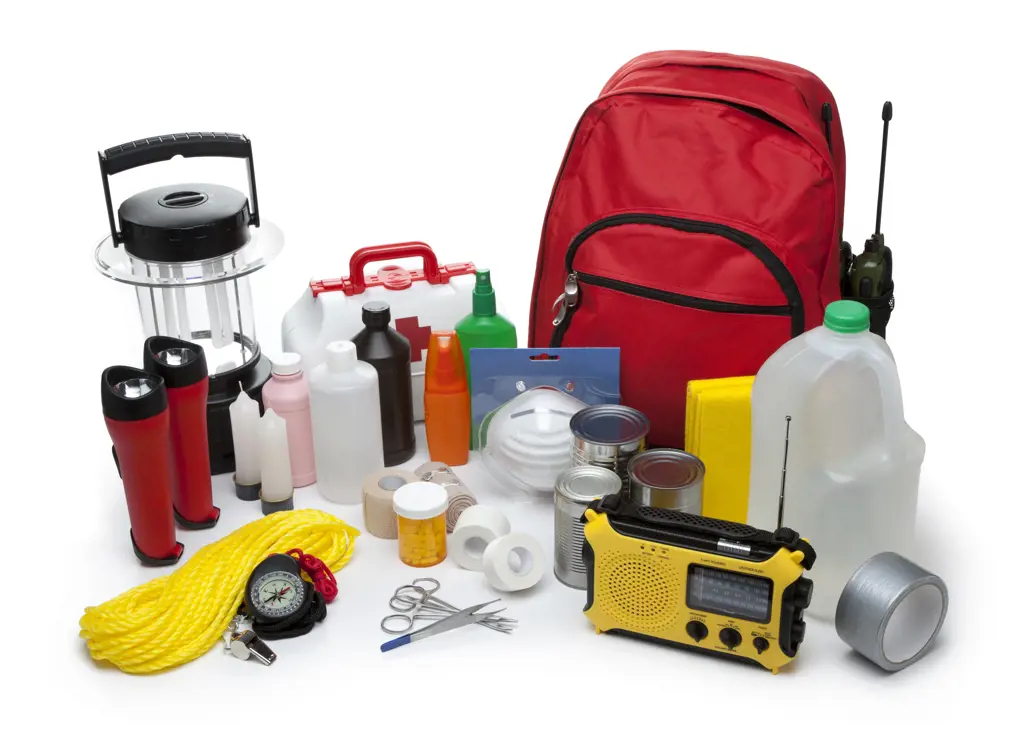
Whether you live in an area prone to blizzards or you're venturing into one, it's essential to be prepared with enough food and water to sustain yourself in case you become stranded. Being stranded in a blizzard can last for hours or even days, so it's crucial to have a sufficient supply of nourishment to keep you energized and hydrated. This article provides scientific guidelines, practical tips, and real-life examples on how much food and water you should pack for such situations.
Water Requirements:
Water is the most crucial resource you need to survive a blizzard. The general consensus is that an average adult requires at least one gallon (3.8 liters) of water per day for drinking and basic hygiene. Therefore, you should pack a minimum of three gallons (11.34 liters) of water per person for a three-day period. However, it's advisable to have extra water on hand, in case the situation prolongs or you encounter unforeseen circumstances.
Food Requirements:
When it comes to packing food for a blizzard, it's important to choose non-perishable items that are calorie-dense and easy to prepare. Consider including foods such as canned goods (e.g., beans, vegetables, soups), nutrition bars, dried fruits, nuts, jerky, and peanut butter. Aim for foods that provide a good balance of carbohydrates, protein, and fats to keep your energy levels up. The recommended amount of food per person per day is around 2,000 to 2,500 calories. Therefore, for a three-day period, each person should have approximately 6,000 to 7,500 calories worth of food.
Meal Planning and Preparation:
To make your food supply last, it's important to plan your meals and ration your portions. Divide your food into individual meal packs and label them with the date and time they should be consumed. This will help ensure that you don't overeat or run out of food too quickly. Additionally, consider packing a portable camping stove or alternative heat source that allows you to warm up your meals. Hot meals can provide comfort and improve morale during an extended period of being stranded.
Real-Life Examples:
Consider the experiences of individuals who have been stranded in blizzards to gain insight into the food and water requirements. For example, during a historic blizzard in Buffalo, New York in 2014, some residents were stranded in their homes for several days before help arrived. Many reported being low on food and water, emphasizing the importance of being adequately prepared. Likewise, numerous survival experts recommend having a sufficient supply of water and nutrient-rich food to sustain oneself during a blizzard.
In conclusion, it's crucial to pack an adequate amount of food and water in case you get stranded in a blizzard. Following the scientific guidelines, it's advisable to have at least one gallon of water per day per person and a minimum of 6,000 to 7,500 calories worth of non-perishable food for a three-day period. Proper meal planning and preparation, as well as learning from real-life examples, can help ensure that you have enough sustenance to weather the storm. Remember, it's always better to be over-prepared than under-prepared in the face of a blizzard.
Essential Items to Pack for Your Visit to the Museum in Paris
You may want to see also

Are there any special considerations for packing medications or first aid supplies for a blizzard?
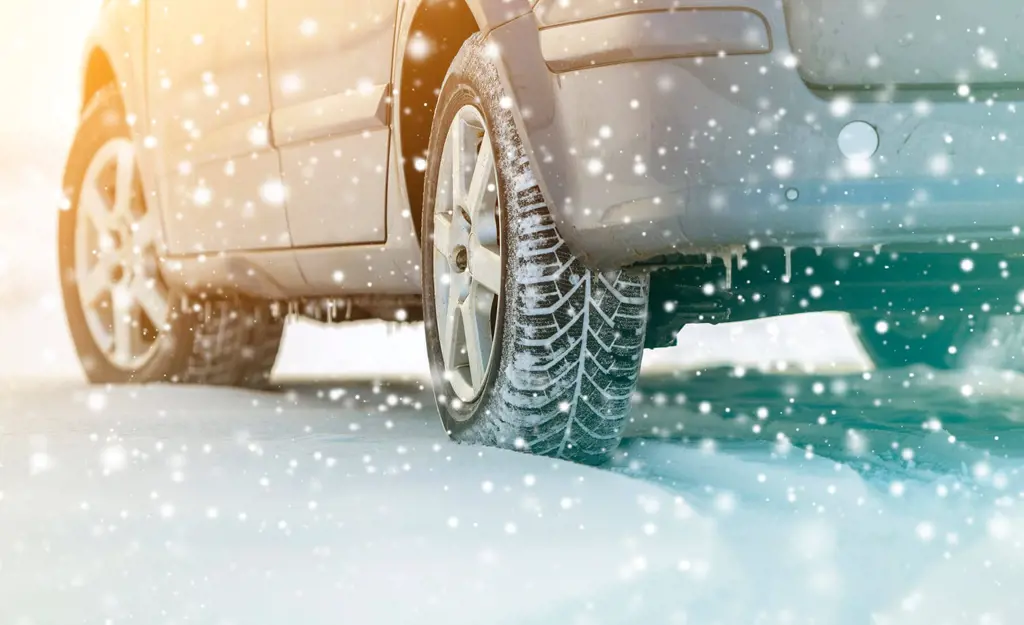
When preparing for a blizzard, it is important to pack essential medications and first aid supplies to ensure your safety and well-being. Here are some special considerations to keep in mind when packing for a blizzard:
- Stock up on necessary medications: Make sure you have an ample supply of all prescription medications that you or your family members may need during the blizzard. Consider stocking up on over-the-counter medications as well, such as pain relievers, cough syrup, and fever reducers. It is also advisable to keep a list of all medications, dosages, and any known allergies in case of an emergency.
- Keep medications in a waterproof container: To protect your medications from moisture and potential damage, store them in a waterproof container. This will ensure that they remain dry even if your bag gets wet or is exposed to snow. It is recommended to use a sealable plastic bag or a waterproof medication case.
- Include a basic first aid kit: In addition to medications, it is important to have a well-stocked first aid kit. The kit should contain essentials such as adhesive bandages, gauze pads, adhesive tape, antiseptic wipes, scissors, tweezers, and disposable gloves. These supplies will come in handy for treating minor injuries that may occur during the blizzard.
- Pack a thermometer: A reliable thermometer is essential to monitor body temperature and detect potential fever or hypothermia. Make sure to check the batteries and calibrate the thermometer before packing it.
- Consider special medical needs: If you or a family member has any special medical needs, ensure that you pack the necessary supplies. For example, if someone is diabetic, be sure to carry extra insulin, syringes, blood glucose monitoring devices, and glucose tablets. If someone relies on medical equipment such as a CPAP machine or oxygen tank, have a backup power source available in case of a power outage.
- Don't forget personal hygiene items: In addition to medications and first aid supplies, packing personal hygiene items is also important. This includes items such as hand sanitizer, soap, toilet paper, wet wipes, and menstrual products. These items will help maintain cleanliness and prevent the spread of germs during the blizzard.
- Keep a list of emergency contact numbers: In case of a medical emergency, it is crucial to have a list of emergency contact numbers readily available. Include numbers for your primary care physician, local hospitals, poison control center, and any other relevant healthcare providers.
Remember to regularly check the expiration dates on medications and replace them as needed. It is also advisable to familiarize yourself with basic first aid techniques and know when to seek professional medical assistance. By preparing in advance and packing the necessary medications and supplies, you can ensure your safety and well-being during a blizzard. Stay informed about the weather conditions and follow any evacuation or safety instructions given by local authorities.
Essential Items to Pack for QuakeCon: A Comprehensive Guide
You may want to see also
Frequently asked questions
When preparing for a blizzard, it is important to pack essential items that can help you stay safe and comfortable. This includes extra warm clothing, blankets, and gloves to keep you warm in case of getting stranded in your car. It is also important to pack non-perishable food and water in case you are unable to find access to food during the storm.
Yes, it is a good idea to pack some tools and equipment in your car for a blizzard. This can include an ice scraper and snow brush to clear your windows and car of snow and ice. You should also have a small shovel to dig yourself out if you get stuck in the snow. Additionally, having a flashlight, extra batteries, and a portable phone charger can be useful in case of any emergencies.
If you take any medication regularly, it is crucial to pack a sufficient supply in your car for a blizzard. During a blizzard, it can be difficult to access pharmacies or medical facilities, so having your medication on hand can be a lifesaver. It is advisable to pack more than you would typically need, just in case you get stranded for an extended period.
If you have children or pets, there are some additional items you should pack for a blizzard. For children, pack extra warm clothing, blankets, and diapers or formula if needed. It is also helpful to bring their favorite toys or books to keep them entertained. For pets, pack extra food, water, and any essential medications they may need. Don't forget to pack their leash or crate as well.
Yes, packing emergency supplies is crucial when preparing for a blizzard. This includes a first aid kit, extra blankets, and a portable battery-operated weather radio to stay informed about conditions. It is also advisable to pack a roadside emergency kit with items such as jumper cables, a tire gauge, and a basic tool kit. Additionally, keep a list of emergency contacts and important phone numbers in your car.


